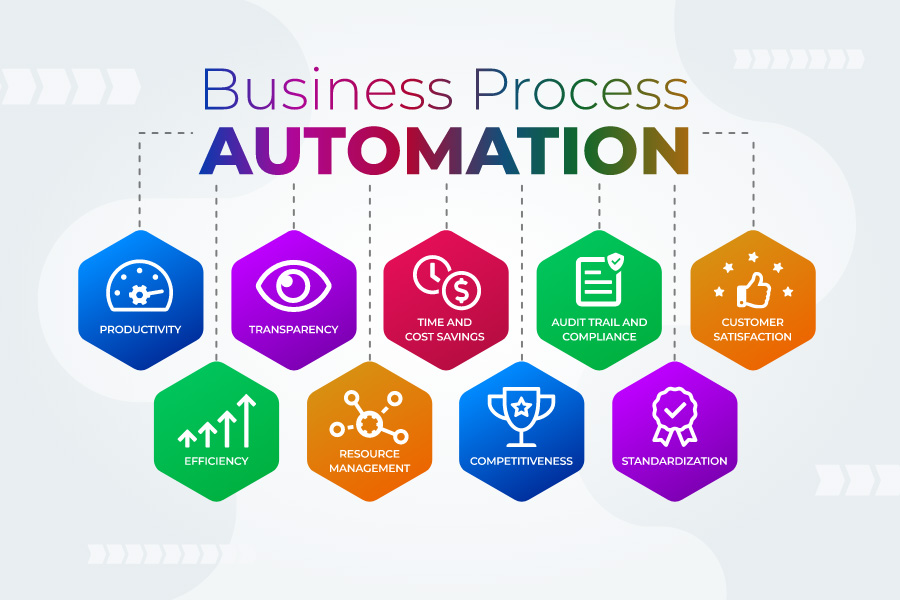Automation in the workplace has been a topic of much discussion in recent years. Some have expressed concern that automation will take away jobs, while others believe that it will increase productivity and efficiency. While it is true that automation may change the nature of work, it can also offer a range of benefits for both employers and employees.
One of the most significant benefits of automation is increased productivity. Automation can help streamline processes, reduce human error, and eliminate repetitive tasks. This means that employees can focus on more complex and meaningful work that requires creativity, problem-solving, and critical thinking. With the help of automation, employees can complete tasks faster, more accurately, and with greater efficiency, leading to increased output and productivity.
In addition to boosting productivity, automation can also reduce costs. Automated processes can help businesses save money by reducing the need for manual labor and the associated costs of employee wages, benefits, and training. Automation can also help businesses reduce costs associated with waste and errors, leading to increased profitability and competitiveness.
Automation can also improve the quality of work. When repetitive tasks are automated, the likelihood of errors is greatly reduced, leading to more consistent and reliable results. This is especially important in industries where precision and accuracy are critical, such as healthcare and manufacturing. By using automation to ensure the quality of their work, businesses can build trust with their customers and clients and enhance their reputation.
Another benefit of automation is that it can help businesses stay competitive. As technology continues to advance, businesses that fail to adopt automation risk falling behind their competitors. By embracing automation, businesses can improve their efficiency, reduce costs, and stay ahead of the curve in their industry.
Automation can also benefit employees by reducing the risk of injury and improving workplace safety. For example, robots can perform dangerous or physically demanding tasks in manufacturing plants, reducing the risk of injury to workers. By automating these tasks, businesses can create a safer work environment and reduce the risk of work-related accidents and injuries.
In addition to improving safety, automation can also improve job satisfaction for employees. By automating repetitive or mundane tasks, employees can focus on more challenging and rewarding work that requires creativity and critical thinking. This can lead to increased job satisfaction, which can lead to lower turnover rates, higher morale, and a better overall work environment.
Furthermore, automation can open up new career opportunities for employees. As businesses adopt automation, new roles will be created that require new skills and expertise. By investing in training and development, employees can position themselves to take advantage of these opportunities and advance their careers. This can lead to increased job security, better compensation, and greater opportunities for professional growth and development.
Finally, automation can benefit the environment by reducing waste and improving sustainability. By automating processes, businesses can reduce the use of resources such as paper, energy, and water. This can lead to a more sustainable business model that benefits the environment and reduces the carbon footprint of the business.
In conclusion, automation in the workplace can offer a range of benefits for both employers and employees. From increased productivity and efficiency to improved quality, safety, and job satisfaction, automation can help businesses stay competitive and create a more rewarding work environment. By investing in automation and training and development for employees, businesses can reap the rewards of automation while ensuring that their workforce is prepared for the future. As technology continues to advance, businesses that embrace automation are sure to have a competitive advantage in their industry.
